Attic Mold
Mold on Attic Sheathing
Title: Understanding and Preventing Attic Mold: A Comprehensive Guide
Introduction
Mold is a common household issue that can have serious consequences if left unaddressed. One area prone to mold growth is the attic, a space often overlooked in routine home maintenance. Attic mold can lead to various health problems and compromise the structural integrity of your home. In this article, we'll explore the causes of attic mold, its potential risks, and effective prevention and remediation strategies.
Causes of Attic Mold
Poor Ventilation: Inadequate ventilation is a leading cause of attic mold. Without proper airflow, moisture can accumulate, creating a breeding ground for mold spores. Insufficient ventilation may be due to improperly sized or blocked vents, hindering the natural exchange of air.
Roof Leaks: A leaky roof is a significant contributor to attic mold growth. Even a minor leak can introduce moisture into the attic, promoting an environment conducive to mold development. Regular roof inspections and prompt repairs are crucial to prevent water infiltration.
Inadequate Insulation: Improper insulation can lead to temperature differentials within the attic, causing condensation. Condensation, in turn, fosters mold growth. Ensuring proper insulation is installed and maintained is vital for preventing attic mold.
High Humidity Levels: Excessive humidity can result from various sources, such as bathroom vents, kitchen appliances, or even daily activities like cooking and showering. If this humid air finds its way into the attic, it can contribute to mold formation.
Risks of Attic Mold
Health Concerns: Mold spores can trigger allergic reactions and respiratory issues, particularly in individuals with asthma or other respiratory conditions. Prolonged exposure to mold may lead to more severe health problems.
Structural Damage: Attic mold can compromise the structural integrity of your home. It can weaken wood, insulation, and other building materials, potentially leading to costly repairs.
Reduced Property Value: The presence of mold, especially if not addressed promptly, can negatively impact the resale value of your home. Prospective buyers are likely to be deterred by the prospect of dealing with mold issues.
Prevention and Remediation
Proper Ventilation: Ensure your attic has adequate ventilation. Install soffit and ridge vents to promote air circulation and prevent the buildup of moisture.
Regular Inspections: Conduct regular inspections of your roof and attic. Look for signs of leaks, such as water stains or wet insulation, and address any issues promptly.
Effective Insulation: Proper insulation helps regulate temperature and prevent condensation. Make sure your attic insulation is installed correctly and is of the appropriate thickness for your climate.
Control Humidity: Use exhaust fans in bathrooms and kitchens to expel humid air outside. Consider installing a dehumidifier in your attic if high humidity levels persist.
Prompt Repairs: Address any roof leaks or structural issues immediately. Prompt repairs can prevent further damage and mitigate the risk of mold growth.
Professional Mold Remediation: If mold is already present, consult with a professional mold remediation service. They can assess the extent of the problem, safely remove the mold, and implement preventive measures.
Conclusion
Attic mold is a serious issue that requires proactive measures for prevention and timely remediation. By understanding the causes and risks associated with attic mold, homeowners can take steps to safeguard their health, property value, and the structural integrity of their homes. Regular maintenance, proper ventilation, and addressing issues promptly are key elements in the battle against attic mold.

